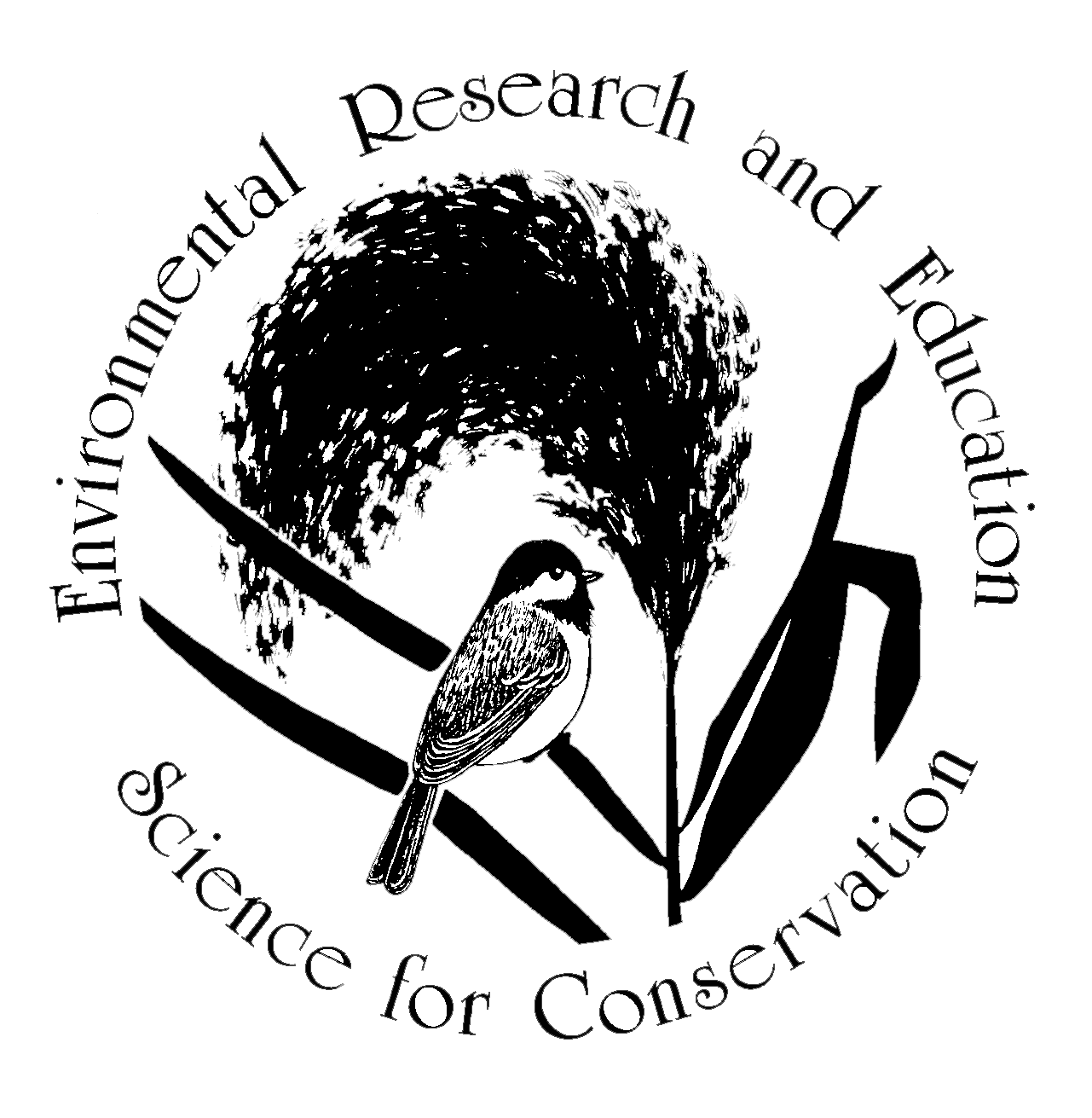Twenty years of study: Confounding diversity, urban gems, and an unusual mossy marsh
The goal of our ongoing case study of the New Jersey Meadowlands is to understand how some organisms thrive in urban areas, and others do not, and how land-use and climate change, including sea level rise, alter biodiversity. Another aim is to learn how we can help rare and common native organisms and their habitats remain viable in the Meadowlands and other urban regions without prohibitively large expenditures of funds and time. Here are some thoughts from the introduction to Urban Biodiversity: The Natural History of the New Jersey Meadowlands, the first volume of our study. These apply to many such landscapes, and are taken from the words of authors Erik Kiviat and Kristi MacDonald.
General principles of urban ecology apply to the Meadowlands flora and fauna, exposure to novel human-dominated habitats and the many stressors brought about by people and their activities. Many habitats are lost or damaged during urbanization, and remnant habitats may survive as islands surrounded by a built matrix. Certain organisms evolve adaptations to urbanization, whereas some others are pre-adapted. Rare species that thrive in the Meadowlands, like the Atlantic coast leopard frog and the least bittern, may be source populations that can contribute dispersers to repopulate restoration sites inside and outside the Meadowlands.
The Meadowlands were once almost all wetlands, now wetlands and waters cover about half. The land is mostly at sea level, with isolated knolls that include Laurel Hill, about 53 meters, and some landfills rising about 30 meters. Common reed marshes characterize the environment, which lies isolated and surrounded by rocky ledges and urban centers. The marshes are crisscrossed by high-speed highways, dotted with hills of covered garbage, and broken by industrial archipelagoes. In 2001, based on the threat of urban development, the Hackensack River was ranked number 12 of the 13 “Most Endangered Rivers” of the U.S., yet the Meadowlands have been called a de facto “urban wildlife refuge,” and one of five clusters of estuarine open space lands in the New York City area.
Biodiversity and the ecosystem services it provides are often discounted in urban areas. Insufficient consideration in planning, and the preeminence of other values—aesthetics, history, recreation, politics, profits—as well as the perception that there is nothing important to conserve often drive land use and management decisions.
We’ll close out these excerpts from the introduction with the authors’ hope that their findings in this study of one of the most human-altered regions on the east coast will help planners landscape designers, horticulturalists, engineers, educators, public officials, naturalists and ecologists to think and look more carefully at urban biological resources and their effective conservation.


